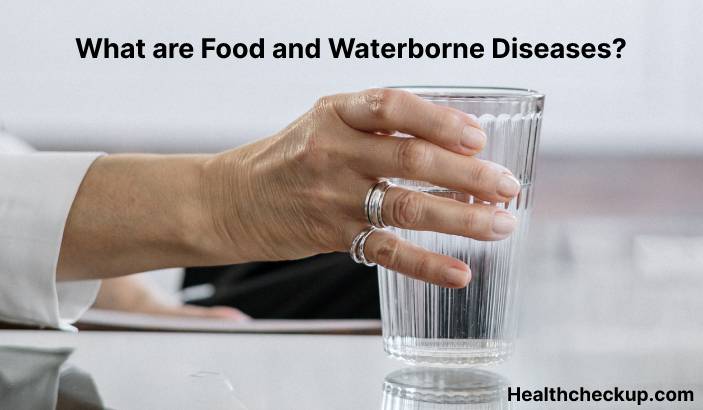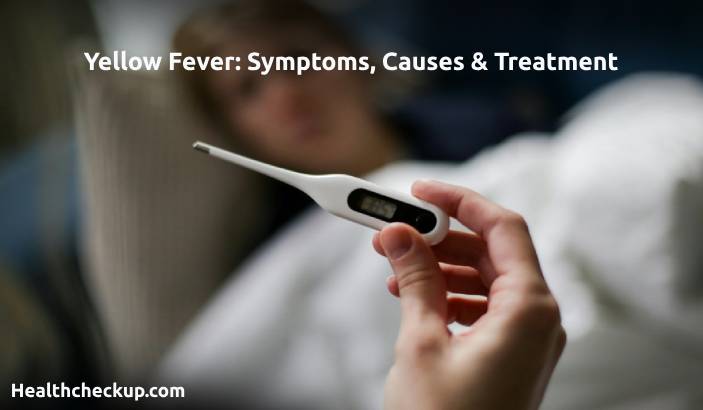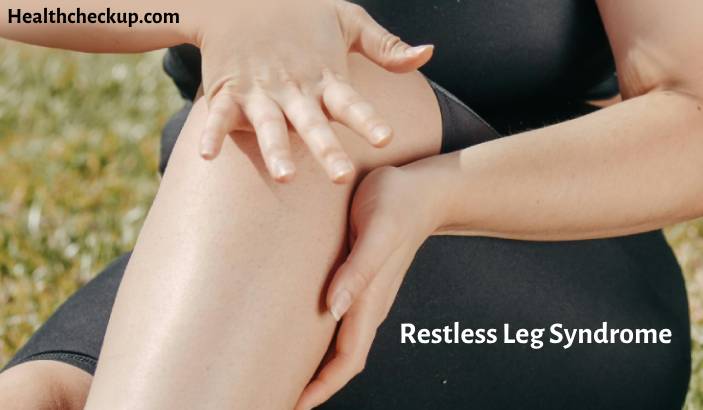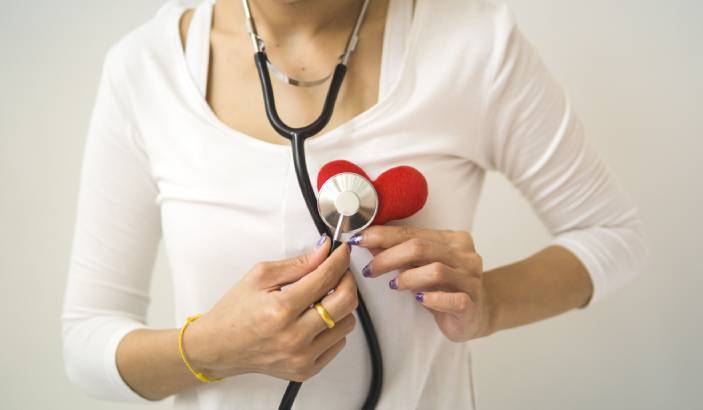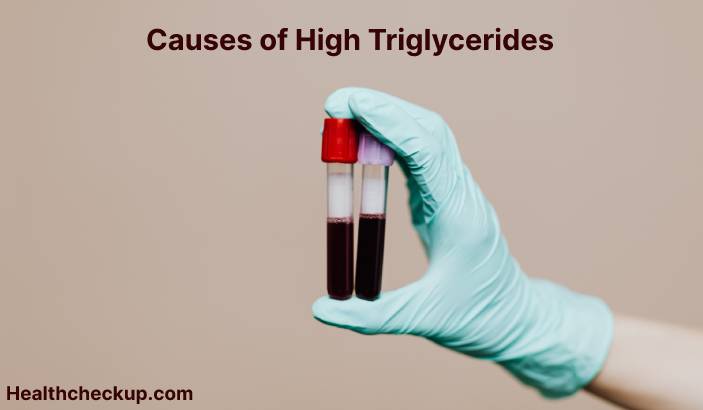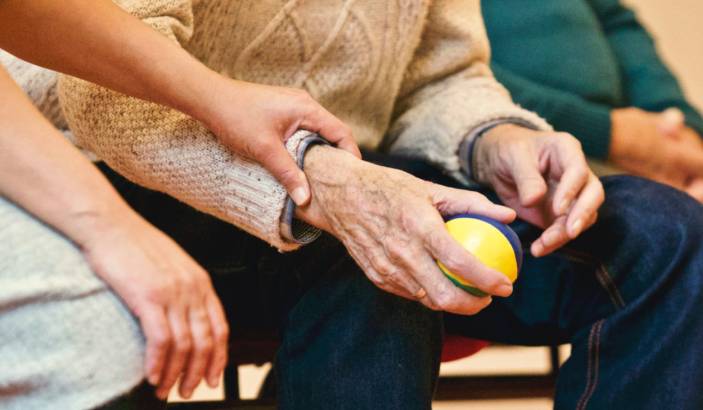Food and waterborne diseases are illnesses that are caused by the consumption of contaminated food or water. These diseases can range from mild, self-limited illnesses to severe, potentially life-threatening conditions. Food- and waterborne diseases are a major public health concern, particularly in areas with poor sanitation and hygiene.
Types of food- and waterborne diseases
There are many types of food- and waterborne diseases, including:
- Bacterial infections: Bacterial infections, such as Escherichia coli (E. coli) and Salmonella, are caused by the ingestion of contaminated food or water. Symptoms include diarrhea, abdominal cramps, fever, and vomiting.
- Viral infections: Viral infections, such as norovirus and hepatitis A, are caused by the ingestion of contaminated food or water. Symptoms include diarrhea, vomiting, fever, and abdominal pain.
- Parasitic infections: Parasitic infections, such as giardiasis and cryptosporidiosis, are caused by the ingestion of contaminated food or water. Symptoms include diarrhea, abdominal cramps, and weight loss.
Symptoms of food- and waterborne diseases
Symptoms of food- and waterborne diseases appear one to ten days after ingestion of contaminated food or water and include:
- Diarrhea
- Abdominal cramps
- Nausea and vomiting
- Fever
In severe cases, food and waterborne diseases lead to complications, such as kidney failure and electrolyte imbalances.
Diagnosis of food- and waterborne diseases
Food- and waterborne diseases are typically diagnosed based on the presence of characteristic symptoms and a history of exposure to contaminated food or water. Laboratory testing, such as a stool culture or blood test, is also used to confirm the diagnosis.
Treatment of food- and waterborne diseases
Treatment for food and waterborne diseases include medications to manage symptoms, such as antidiarrheal drugs and fluids to prevent dehydration. In severe cases, hospitalization is necessary to provide supportive care, such as dialysis for kidney failure.
Prevention of food- and waterborne diseases
There are several steps that can be taken to reduce the risk of food- and waterborne diseases, including:
- Practicing good hygiene: Washing hands with soap and water, particularly after using the bathroom and before preparing food, can help to reduce the risk of infection.
- Cooking food thoroughly: It is important to cook food, particularly meat, thoroughly to kill any bacteria or parasites that are present.
- Avoiding raw or undercooked meat: It is important to avoid raw or undercooked meat, as well as unpasteurized milk and cheese, to reduce the risk of bacterial infections.
- Washing fruits and vegetables: It is important to wash fruits and vegetables thoroughly to remove any bacteria or parasites that are present.
- Drinking safe water: It is important to only drink water that has been treated or that is known to be safe.
It is also important to follow guidelines from public health authorities and to seek medical attention if you develop symptoms of a food- or waterborne disease. Early diagnosis and treatment may help to prevent complications.


